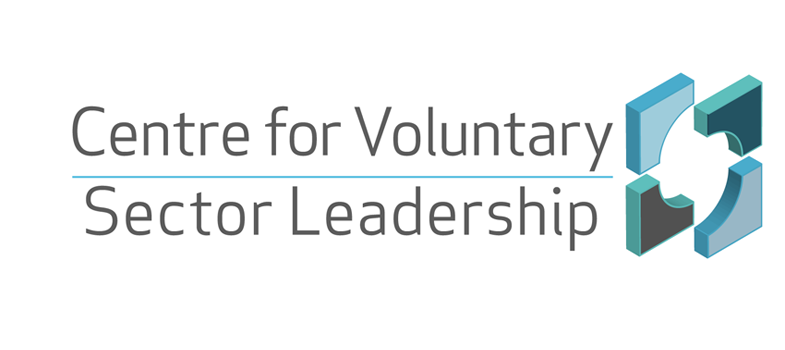Week 7 Collaborative leadership and power
Introduction
This week you will explore the idea that power is an important feature of collaborative working, and one which collaborative leaders will need to negotiate. You will explore how a collaborative approach to leadership might help develop a positive approach to influencing the ideas, priorities and activities of other organisations.
After listening to an extract from Ellen’s story, you will explore the idea that a key purpose of many voluntary organisations is to ‘speak truth to power’. This phrase (which originates with the Quakers) encapsulates the idea that the voluntary sector has a role to play not only as a deliverer of services and activities, but also as an advocate – for communities, for the excluded, and for (some) social policies (and against others).
Following this, you will explore the idea that inter-organisational collaboration implies a sharing of power. However, in practice, collaboration frequently takes place in a context in which there are differences of power between collaborating organisations. We refer to these differences as ‘power asymmetry’.
The final section of the week introduces Huxham and Beech’s (2008) concept of ‘points of power’ as an idea that helps individuals think about how to enact influence in contexts of power asymmetry.
Throughout this week’s studies, we will ask what each of these ideas means for a collaborative approach to leadership of voluntary organisations.
Before we go further, let’s stop to think about what we mean by power. Power is a difficult concept, and it is impossible for us to rehearse here all the academic arguments about what power is and how it operates. For the purposes of this course, we draw on two key ideas. First, the idea that power is associated with social influence. This is an important idea for thinking about power in the context of collaboration, and we draw on Huxham and Beech’s definition of power in collaborative contexts as ‘the ability to influence, control or resist the activities of others’ (Huxham and Beech, 2008, p.555). The exercise of power is therefore seen in relationships and interactions between people, and our focus here is on the processes through which power operates, how influence happens, and the implications for leadership practice.
We also draw on the (perhaps more familiar) idea that the power of different organisations is associated with their respective resources, knowledge and expertise, importance or position. In simple terms this means that in many collaborations the larger, better-resourced and positioned organisations have the potential to determine the priorities and direction of any collaboration. Again, our purpose here is to help you think about how to enact influence in these contexts.
By the end of this week, you will be able to:
- identify and reflect on asymmetries of power in collaborative contexts
- reflect on issues that arise for leadership in collaborative contexts
- offer a critical account of the ‘shared power’ and ‘points of power’ approaches to collaboration
- reflect critically on how influence happens
- apply this learning to your practice.
